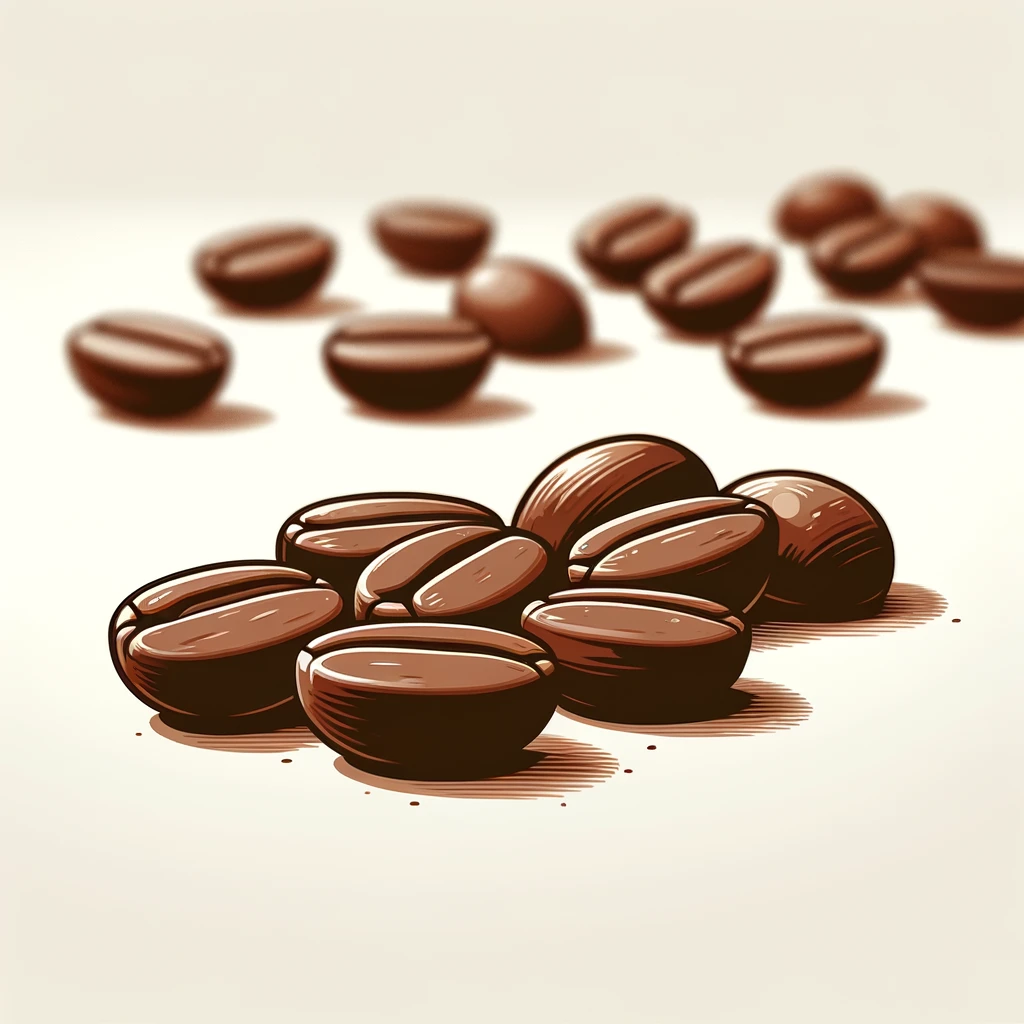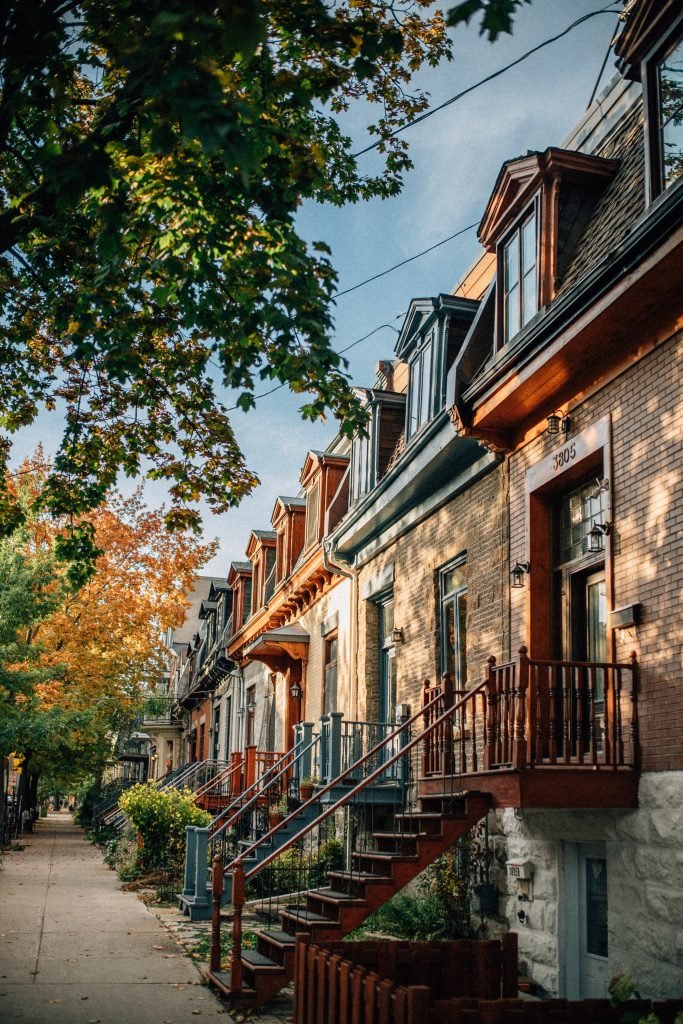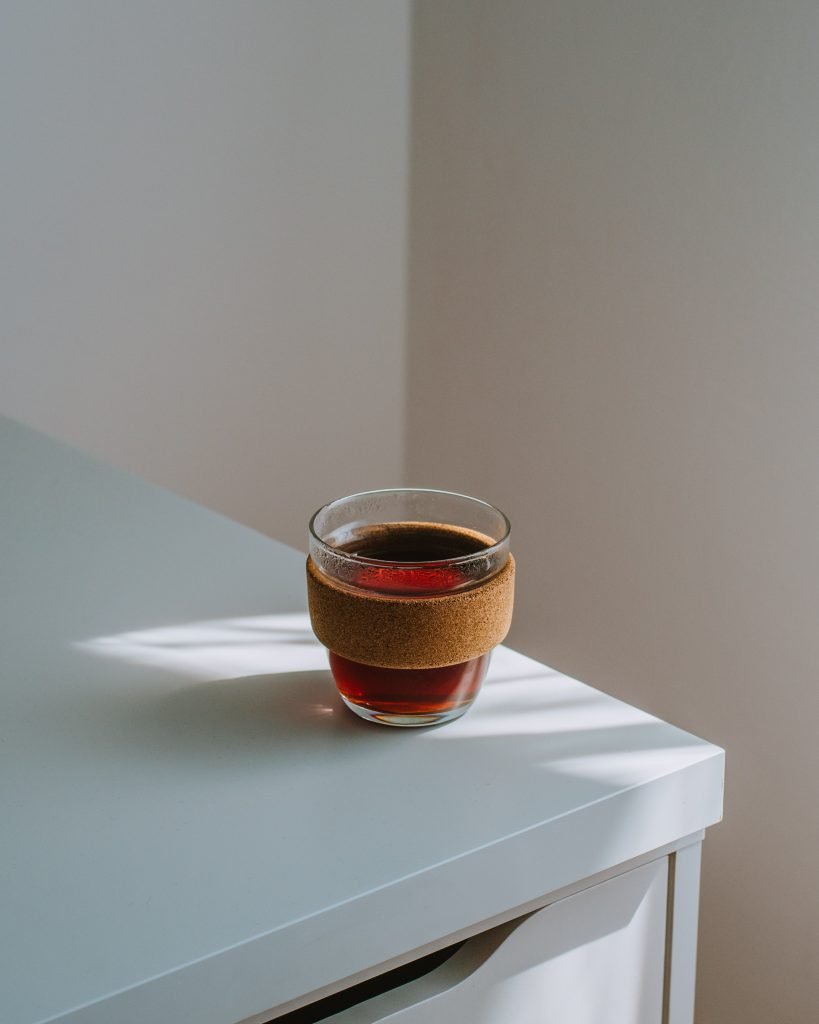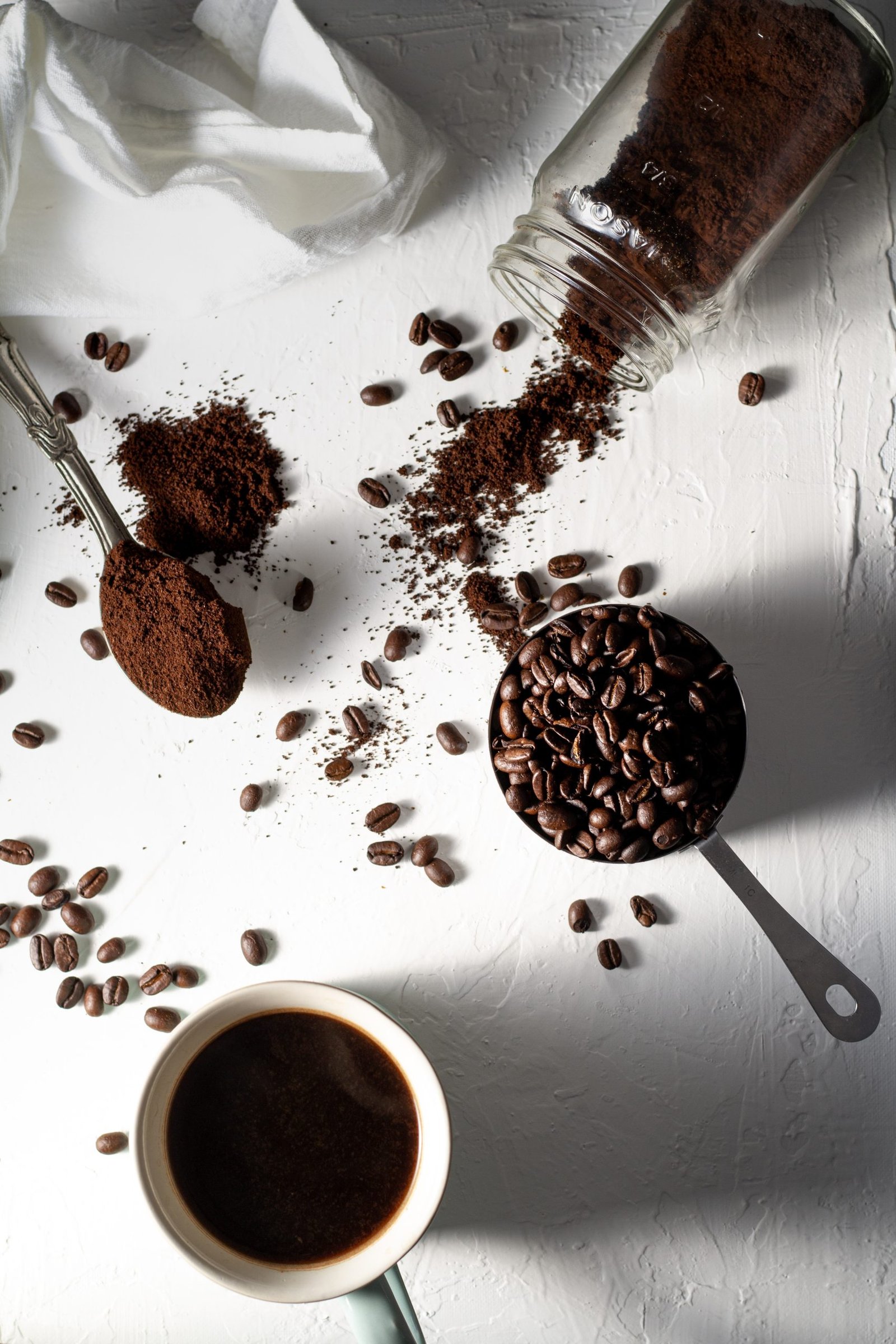

Introduction
For those new to the world of coffee, it can be overwhelming to navigate through the array of options available. From different beans to brewing methods, there is a lot to learn. This beginner's guide to coffee beans will help demystify the basics, so you can start your journey into the world of coffee with confidence.
What is a Coffee Bean?
A coffee bean is the seed of the coffee plant. It is the core ingredient that is roasted and ground to make coffee. Coffee beans are typically harvested from two main species of coffee plants: Coffea arabica and Coffea robusta. Arabica beans are known for their delicate flavors and higher acidity, while robusta beans have a stronger flavor and higher caffeine content.
Different Types of Coffee Beans
There are various types of coffee beans available, each with its unique characteristics and flavors. Here are some of the most popular types:
1. Arabica: The most common and widely preferred type of coffee bean, known for its smooth and well-balanced flavors.
2. Robusta: These beans are often used for espresso blends and have a stronger, more bitter taste.
3. Liberica: A less common and unique type of coffee bean, with a distinctive fruity and floral flavor profile.
4. Excelsa: A rare and exotic coffee bean with a complex flavor profile that combines fruity and smoky notes.
5. Maragogype: Also known as “elephant beans,” these beans are larger than average and have a milder flavor compared to other types.
It's worth experimenting with different coffee bean varieties to discover your personal preferences. Whether you enjoy a bold and robust cup or a more delicate and nuanced flavor, the world of coffee beans has something for everyone.
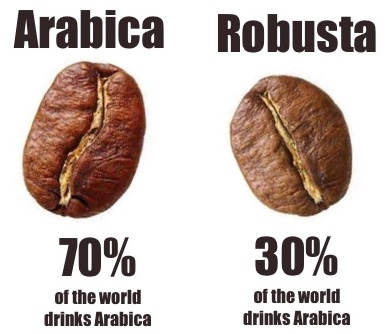
Arabica Coffee Beans
For coffee lovers just starting their journey into the world of specialty coffee, understanding the different types of coffee beans is essential. One of the most popular and widely consumed types is Arabica beans.
Origin and Characteristics of Arabica Beans
Arabica beans are known for their rich flavor and smooth taste. They originated from the high altitudes of Ethiopia and are now grown in various regions around the world, including South America, Central America, and Africa. These beans require specific climate conditions and are typically grown at elevations between 2,000 to 6,000 feet.
Arabica beans have a more complex flavor profile compared to other varieties, with notes of fruitiness, sweetness, and acidity. They are generally less bitter and have a lower caffeine content than Robusta beans.
Popular Arabica Varieties
There are several popular Arabica coffee bean varieties that coffee enthusiasts should be familiar with:
-
Typica: This is one of the earliest and most widely distributed Arabica varieties. It has a well-balanced flavor with hints of sweetness and a subtle acidity.
-
Bourbon: Bourbon beans are known for their full-bodied, rich flavor. They have a complex profile with notes of caramel, chocolate, and fruitiness.
-
Caturra: Caturra beans are a natural mutation of Bourbon beans. They have a bright acidity, medium body, and a well-rounded flavor.
-
SL28: This variety is famous for its exceptional cup quality and is highly sought after by specialty coffee roasters. It has a distinct acidity and a vibrant flavor profile.
As a beginner, exploring different Arabica coffee varieties can help you discover your preferred flavor profiles and deepen your appreciation for the world of coffee. Experiment with different origins and roasts to find your perfect cup of coffee.

Robusta Coffee Beans
For coffee beginners looking to explore different types of coffee beans, one variety to consider is robusta. Robusta beans are known for their unique taste and strong flavor profile.
Origin and Characteristics of Robusta Beans
Robusta beans are primarily grown in countries such as Vietnam, Brazil, and Indonesia. Compared to arabica beans, robusta beans are more resilient and easier to cultivate, making them a popular choice for commercial coffee production. They are known for their higher caffeine content, bold taste, and earthy and bitter notes.
Popular Robusta Varieties
One popular variety of robusta beans is the Vietnamese robusta. These beans are often used in dark roasted blends, providing a rich and full-bodied cup of coffee. Another variety is the Indian robusta, which is commonly used in espresso blends due to its strong and intense flavor profile.
Exploring robusta beans can be an exciting journey for coffee beginners, as they offer a unique taste experience and a strong caffeine kick. However, it's important to note that robusta beans can be more bitter and less complex compared to arabica beans. Whether you prefer the robust and intense flavors of robusta or the nuanced and delicate flavors of arabica, there is a wide world of coffee beans waiting to be discovered.

How to Choose the Right Coffee Beans
Considerations for Beginners
For coffee beginners, choosing the right coffee beans can be overwhelming. With so many options available, how do you know where to start? Here are a few considerations to help you make an informed decision:
-
Decide on the Bean Type: There are two main types of coffee beans: Arabica and Robusta. Arabica beans are known for their smooth and complex flavors, while Robusta beans are stronger and more bitter. Consider your taste preferences when choosing between the two.
-
Source and Roast Date: Check the source and roast date of the coffee beans. Fresher beans will have a stronger and more flavorful taste. Look for beans that have been roasted within the past two weeks.
Roast Level and Flavor Profiles
The roast level of coffee beans greatly affects their flavor profiles. Here are the common roast levels and their corresponding flavor characteristics:
-
Light Roast: These beans are light brown in color and have a subtle flavor with higher acidity. They showcase the original flavors of the coffee beans.
-
Medium Roast: Medium roast beans have a darker brown color and a balanced flavor. They offer a blend of acidity and roasted flavors.
-
Dark Roast: Dark roast beans are shiny and black, with a bold and intense flavor. They have lower acidity and a noticeable smoky taste.
Consider experimenting with different roast levels to find your preferred flavor profile. Remember, the quality of the coffee beans and the brewing method also play a significant role in the overall taste of your coffee.
So, go ahead and explore the wide world of coffee beans. With these considerations in mind, you'll be on your way to finding your perfect cup of joe.
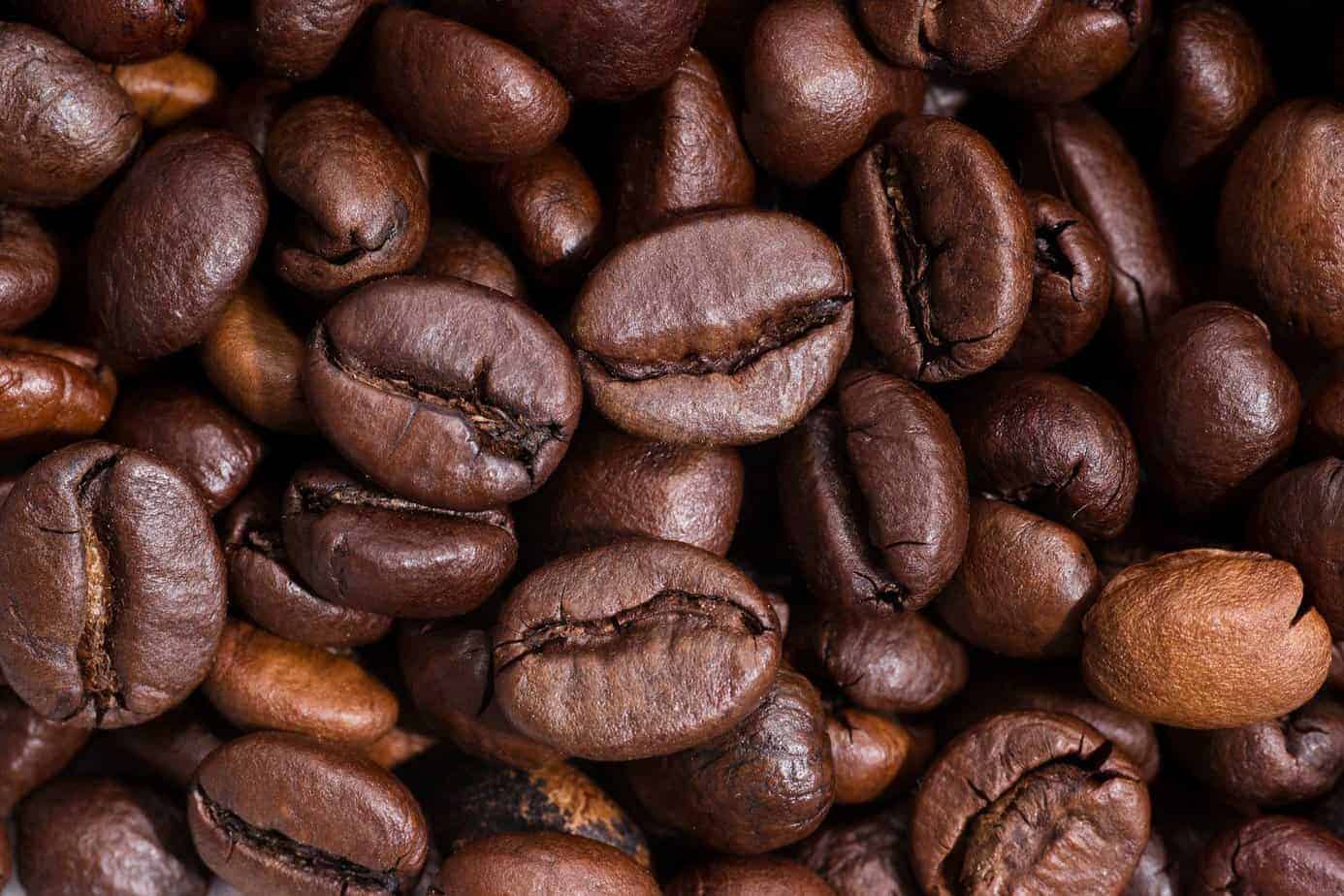
Buying and Storing Coffee Beans
Where to Buy Coffee Beans
For beginners looking to venture into the world of coffee brewing, choosing the right coffee beans is crucial. Here are a few places where you can buy high-quality coffee beans:
-
Local Roasters: Check out local coffee roasters in your area. They often have a variety of freshly roasted beans to choose from. This is a great way to support local businesses and ensure the quality and freshness of your coffee beans.
-
Online Specialty Retailers: There are various online retailers that specialize in selling premium coffee beans. These retailers often provide detailed descriptions and reviews, making it easier for beginners to choose the right beans for their preferred brewing method.
Proper Storage Techniques
Once you have purchased your coffee beans, it's important to store them properly to maintain their freshness and flavor. Here are some storage techniques to keep in mind:
-
Airtight Containers: Transfer your coffee beans to airtight containers to protect them from exposure to air, moisture, and light. This helps to preserve their freshness and prevent flavor degradation.
-
Cool and Dark Location: Store your coffee beans in a cool and dark place, away from direct sunlight or heat sources. Excessive heat can accelerate the deterioration of the beans and affect their flavor.
By purchasing high-quality coffee beans and storing them properly, beginners can ensure that they enjoy a flavorful and aromatic cup of coffee every time they brew. Experiment with different types of beans and brewing methods to find the perfect combination that suits your taste preferences.

Brewing Methods for Coffee Beans
Drip Coffee Brewing
For beginners, drip brewing is one of the easiest and most popular methods. Simply grind your coffee beans to a medium consistency and place them in a filter inside a drip coffee maker. Add water to the reservoir, and the machine will heat the water and pour it over the grounds, creating a flavorful cup of coffee.
French Press Brewing
The French press method allows for a fuller-bodied and rich-tasting coffee. Coarsely grind your coffee beans and add them to the French press. Pour hot water over the grounds and let it steep for about four minutes. Then, press down the plunger, separating the coffee grounds from the brewed coffee. Pour and enjoy!
Espresso Brewing
Espresso brewing produces a concentrated and intense coffee flavor. To make espresso, you will need an espresso machine and finer ground coffee beans. Fill the portafilter with coffee grounds, tamp them down firmly, and attach it to the espresso machine. Start the brewing process, and the machine will force hot water through the grounds, creating a small, concentrated shot of espresso.
Whether you prefer a smooth drip coffee, a rich French press brew, or a strong espresso shot, experimenting with different brewing methods can help you discover your favorite flavor profiles and brewing techniques. Remember to source high-quality coffee beans and ensure proper storage to maintain their freshness and maximize the taste of your brewed coffee. Happy brewing!

Grinding Coffee Beans
Why Grind Fresh Beans
For all the coffee lovers out there, grinding fresh coffee beans is an essential step in achieving that perfect cup of joe. When you grind beans just before brewing, you preserve the flavors and aromas that make coffee so enjoyable. Pre-ground coffee loses its freshness quickly, resulting in a less flavorful and aromatic brew. By grinding your beans fresh, you have control over the grind size, allowing you to tailor it to your preferred brewing method. This ensures a more consistent extraction and a superior taste experience.
Types of Coffee Grinders
There are two main types of coffee grinders: blade grinders and burr grinders. Blade grinders are more affordable and work by cutting the beans into smaller pieces. However, they lack consistency and can lead to an uneven grind size, impacting the extraction process and resulting in a subpar taste. On the other hand, burr grinders use two abrasive surfaces to crush the beans into a precise and uniform grind size. This level of control allows you to achieve the optimal extraction for your chosen brewing method, whether it's drip brewing, espresso, or French press.
Investing in a burr grinder is worth it for coffee enthusiasts who are serious about getting the best flavor from their beans. The resulting freshly ground coffee will enhance your coffee brewing experience and allow you to explore different flavors and profiles. Remember, a good cup of coffee starts with freshly ground beans!

Tips for Beginners
For those who are new to the world of coffee beans, here are a few tips to help you get started on your journey to becoming a coffee connoisseur.
Brewing Ratios and Measurements
When brewing coffee, the ratio of coffee to water is crucial in achieving the perfect cup. A general rule of thumb is to use one to two tablespoons of ground coffee per six ounces of water. However, feel free to adjust the measurements to your personal taste preferences. Experiment with different ratios until you find the balance that suits you best.
Experimenting with Different Coffee Bean Origins
Coffee beans are grown all over the world, each region offering its unique flavors and characteristics. As a beginner, it's a great idea to explore coffee bean origins and experiment with different varieties. Try beans from South America, Africa, and Asia to experience the diverse range of flavors. This will help you develop your palate and identify the tastes that you enjoy the most.
Remember to store your coffee beans properly in an airtight container away from light, heat, and moisture to maintain freshness. Grind your beans just before brewing for the best flavor. And most importantly, have fun exploring the wonderful world of coffee!
Would you like me to write on any other topic?

Frequently Asked Questions
Can I use any coffee beans for espresso?
For espresso lovers, it's important to note that not all coffee beans are suitable for making espresso. Espresso requires a specific grind size and roast level to achieve the perfect balance of flavor, aroma, and crema. Therefore, it is recommended to use coffee beans that are specifically labeled for espresso or have a dark roast profile. These beans are typically more dense and have oils that are well-suited for the high pressure and extraction process of espresso machines.
How long do coffee beans stay fresh?
The freshness of coffee beans is crucial in determining the quality of your brew. While coffee beans can stay fresh for a few weeks after being roasted, the ideal timeframe to consume them is within two to four weeks. During this period, the beans retain their optimum flavor and aroma.
To maintain freshness, it is important to store coffee beans properly. The best way is to store them in an airtight container in a cool, dark place, away from direct sunlight or heat sources. Avoid storing them in the refrigerator or freezer, as moisture and condensation can affect the taste.
Remember, coffee beans are at their best when they are freshly ground before brewing. This ensures maximum flavor extraction and a rich, aromatic cup of coffee. So, consider investing in a good quality grinder to enjoy the full potential of your coffee beans.
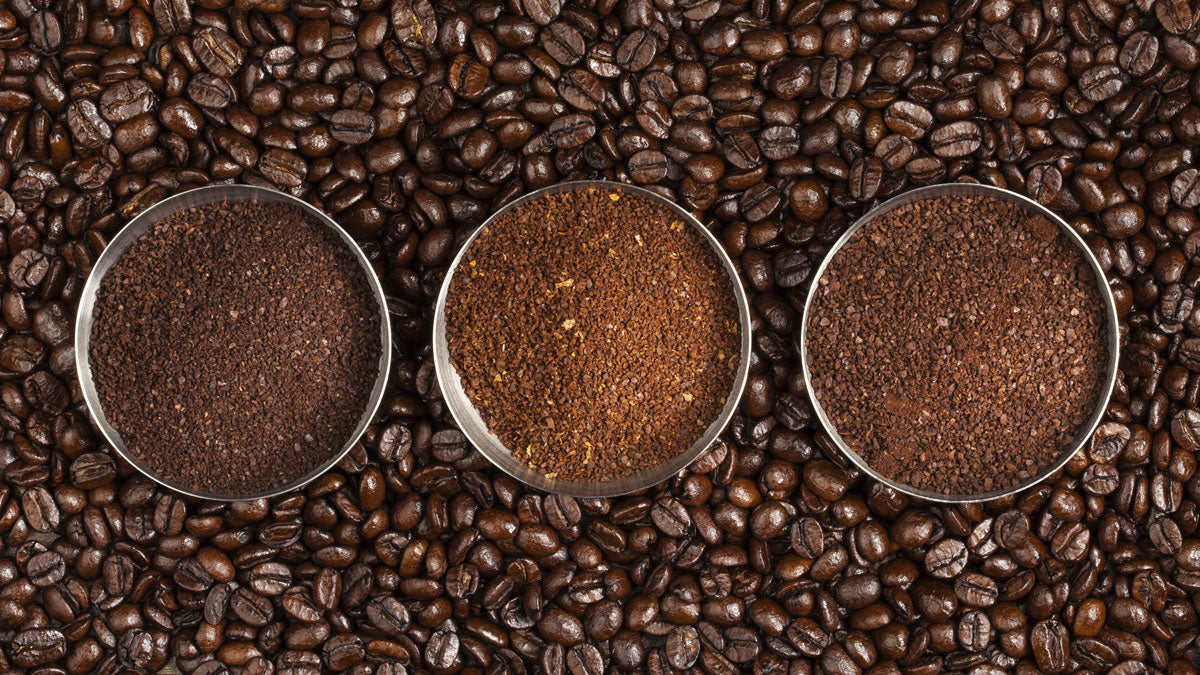
Conclusion
Coffee beans are a fascinating world that offers a myriad of flavors and aromas for those willing to explore. Whether you are a coffee enthusiast or a beginner, understanding the basics of coffee beans is essential to elevate your coffee experience.
Final Thoughts and Summary
In summary, here are some key takeaways for beginners to get started with coffee beans:
-
Choose your preferred coffee beans: Experiment with different types of coffee beans such as Arabica, Robusta, and specialty blends to find your preferred flavor profile.
-
Consider the origin: Coffee beans from different regions have unique characteristics due to factors like soil, climate, and altitude. Explore beans from various origins to discover distinct flavors.
-
Understand the roast level: Light, medium, and dark roasts offer different taste profiles. Determine your preference by trying coffee beans from different roast levels.
-
Grind your coffee beans fresh: Invest in a good quality burr grinder and grind your coffee beans just before brewing to preserve the aroma and flavors.
-
Experiment with brewing methods: Try brewing methods like pour-over, French press, or espresso to explore different ways of extracting flavors from your coffee beans.
Remember, the world of coffee beans is vast, and the best way to discover your preferences is through experimentation and exploration. So grab your favorite coffee mug and embark on a delightful journey into the realm of coffee beans!

